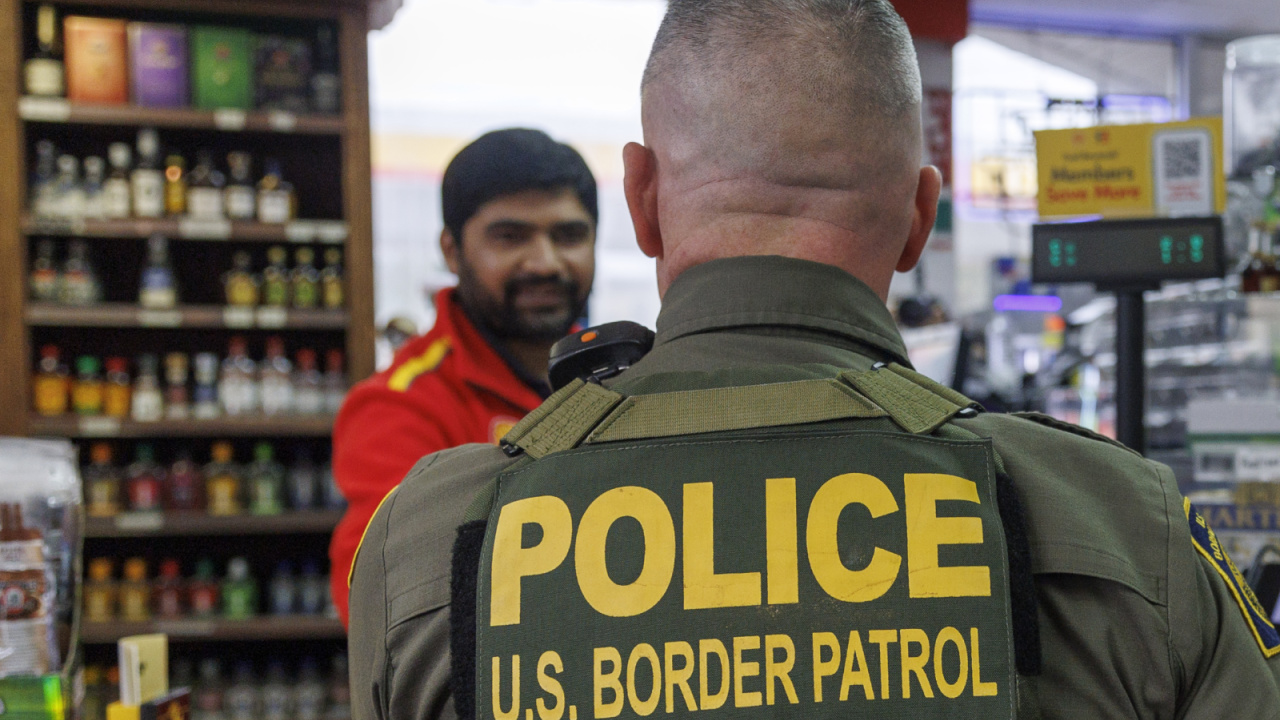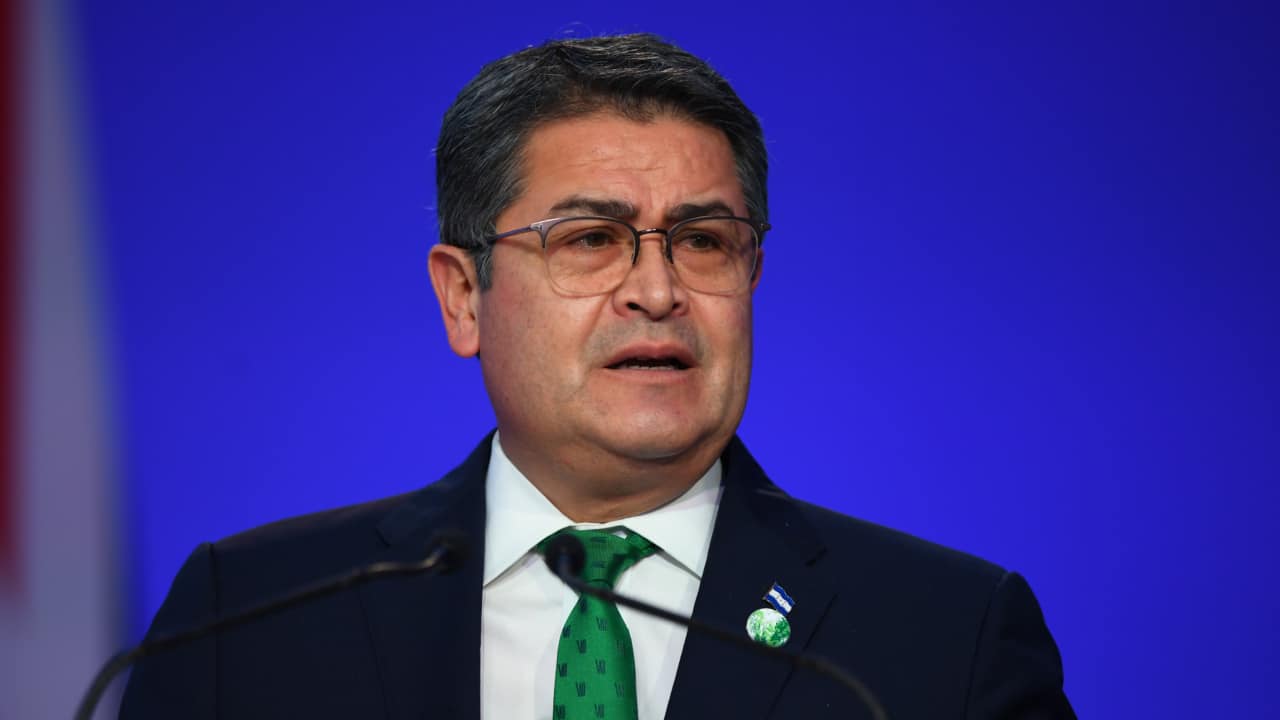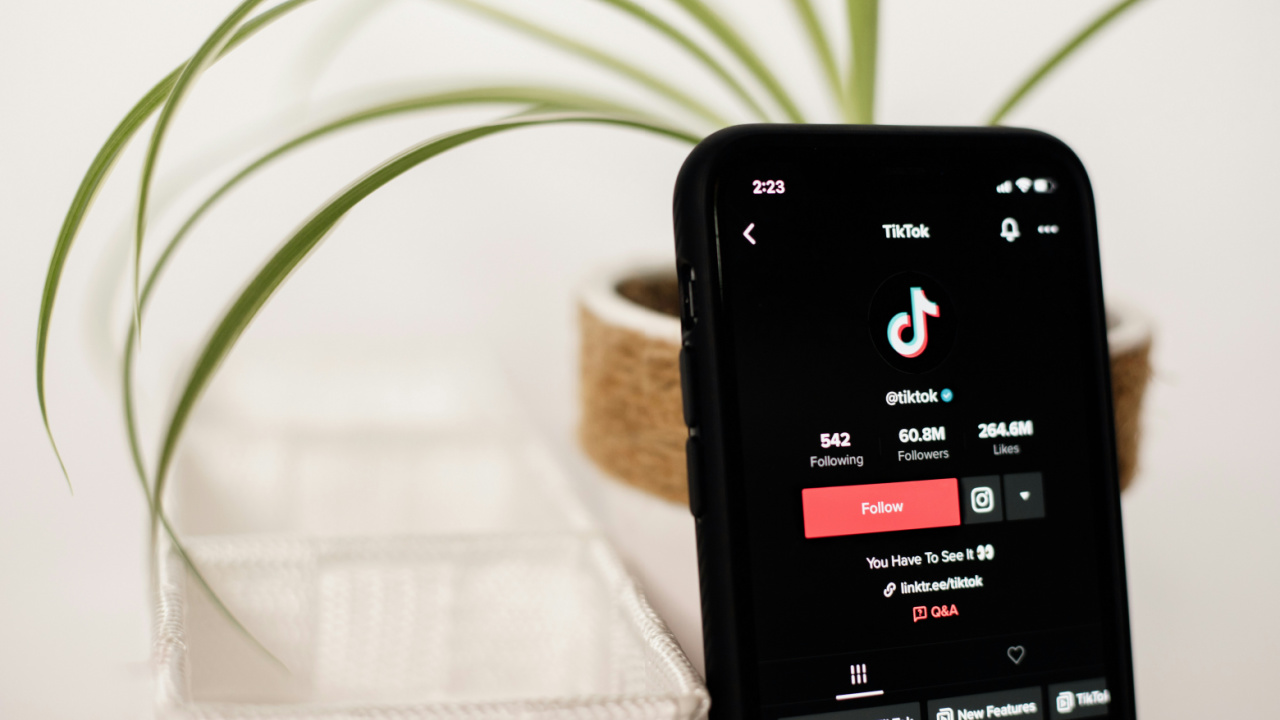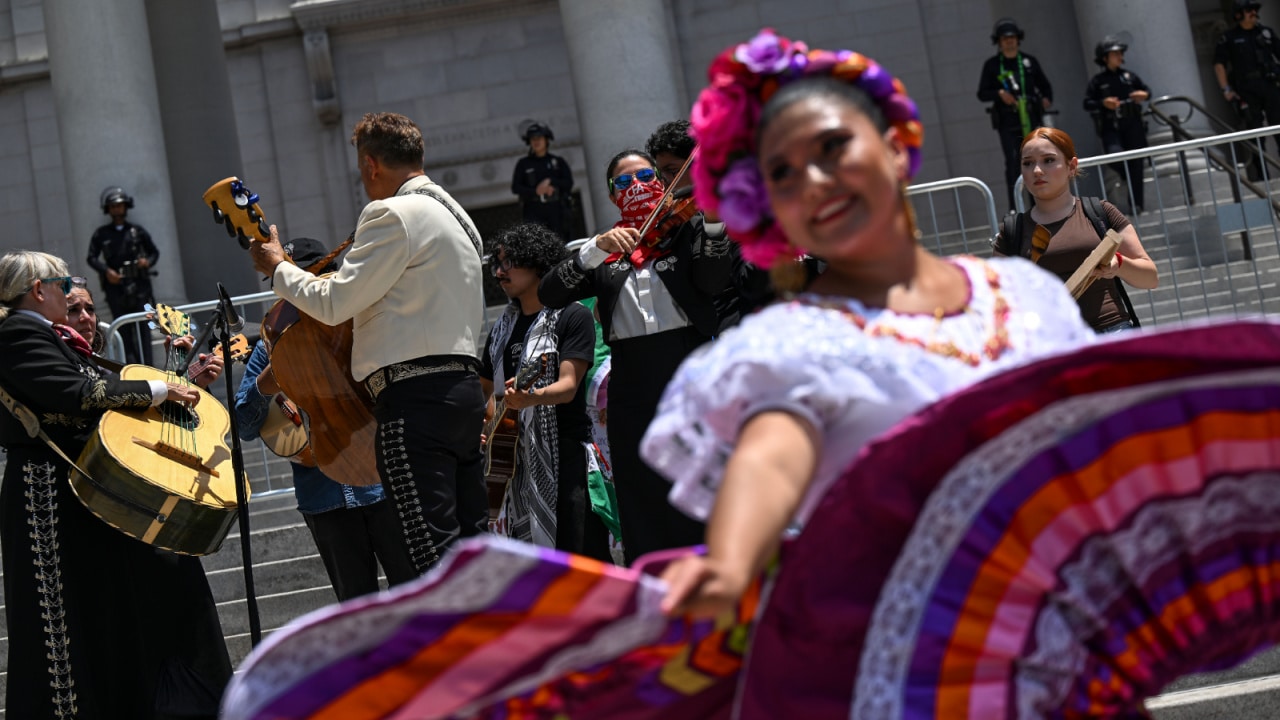Uvalde Shooting Victims Immortalized With 21 Murals Painted by 50 Artists From Texas
50 artists across the state of Texas congregated in Uvalde to paint 21 murals honoring the victims of the Robb Elementary massacre that occurred on May 24, killing 19 students and two teachers. The artists worked tirelessly to immortalize the children and teachers killed in the attack, and hope that their work inspires more public art around the city.
The murals took three months to paint and, over time, became a communal experience, with locals coming to watch and participate in the artistic process. The family of slain teacher Eva Mireles, for instance, had an opportunity to paint certain parts of the mural themselves and even called it a “family reunion,” according to the mural’s artist, Sandra Gonzalez, reports ABC News.
“More people started arriving, friends and family. They brought 10 chairs and then they brought these speakers, and they were just blasting her favorite songs,” Gonzalez said, adding, “I wanted to capture her spirit. And I know that she was a really happy person. And that’s what I kept hearing from their relatives, the friends, that she was always the light of the party.”
For some of the artists, the process of creating these murals turned into an opportunity for introspection, as was the case with Cristina Noriega, who traveled to Uvalde from San Antonio. Noriega was compelled to paint a portrait of 10-year-old victim Amerie Jo Garza because she Noriega of her own daughter who happens to be the same age.
Noriega says she thought about how it could have been her own daughter who died in a shooting, especially as she uncovered the parallels between her daughter and the girl she was painting. Reflecting on those similarities, Noriega said, “She was a girl scout like my daughter. She was an artist like my daughter. Amerie wanted to be an art teacher. So many of the things about her personality felt very similar to my own child.”
Elsewhere, Fort Worth-based artist Juan Velazquez was tasked with portraying 10-year-old Alithia Ramirez, who also wanted to be an artist. As the first of 50 artists to arrive in Uvalde, Velazquez set the tone for the entire project — which, according to KXAN Austin, is named “Healing Uvalde” and was organized by Monica Maldonado and Abel Ortiz Acosta, an Uvalde resident — by incorporating Ramirez’s own artwork into his depiction, which took two days to complete.
“He said that she always wanted to be an artist and that she wanted people to see her artwork. We put her artwork on the wall, and I want her to live through her art,” he said, before presenting the completed piece to Ramirez’s father, Ryan. “In a time of ‘everybody’s against everybody,’ and we can’t even agree on anything, it’s good to see the community come together and remind us that we’re more alike than we are different,” Velazquez said.
The Washington Post reports that Acosta organized the project with Maldonado over the course of a few weeks after he was inspired by his own belief that “art heals.” Acosta first got the idea a day after the shooting while he thought about what he could do to support the community.
A combination of donations and proceeds from an art auction covered the cost of materials, leaving Acosta to secure 21 walls for the artists to use, including one at his own art gallery, which he used to paint a mural in honor of 10-year-old victim Alithia Ramirez.
After getting permission from local businesses to use the other 20 walls, he contacted Monica Maldonado, the founder of an Austin-based nonprofit called MAS Cultura, to begin reaching out to the families for their permission.
When she was finished securing each family’s blessing, Maldonado worked to pair up artists with families based on a personal connection or similarities between the artist and the child they would be painting. Each family was asked to fill out a form where they could give more details about the child, which Maldonado then brought to the appropriate artist.
“The families been present in the process of the murals being painted…it’s part of the process where they start to cope and the healing process begins. And it’s going to be a long process,” Acosta said. “It’s a lifelong process. The pain is permanent. So these murals need to be permanent.”
This article has been updated for accuracy.




